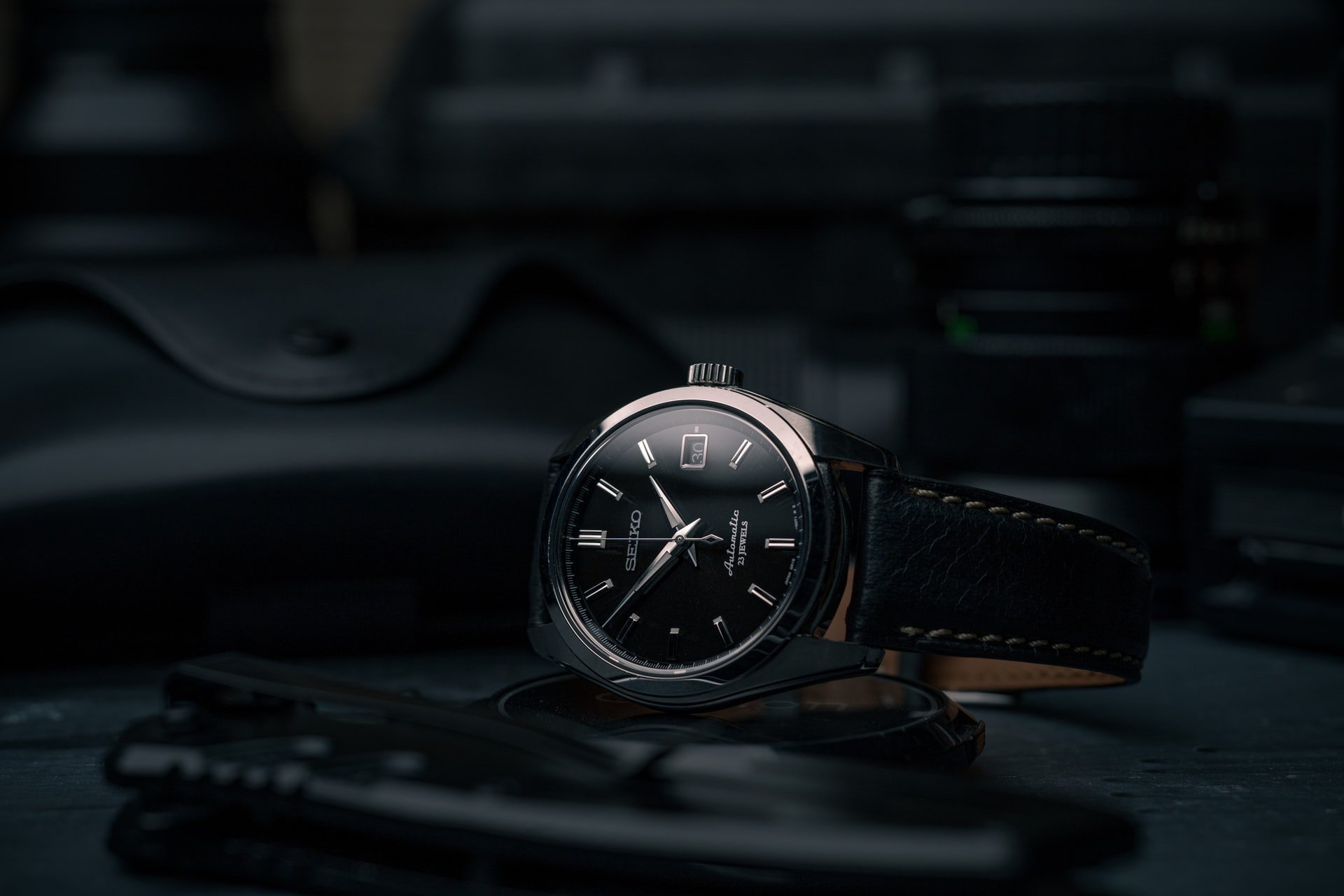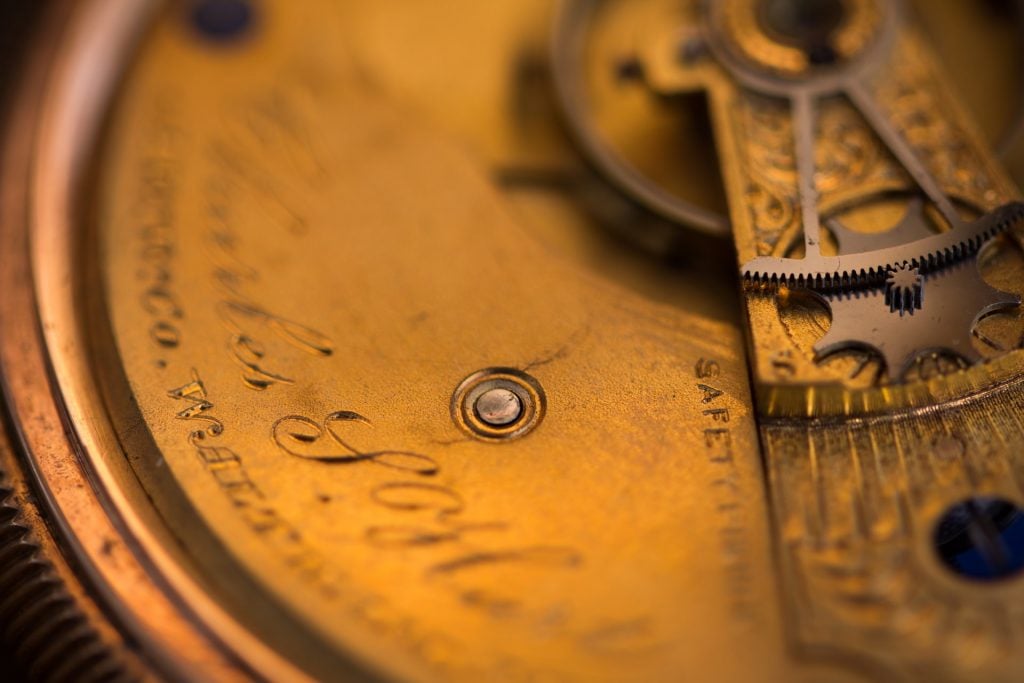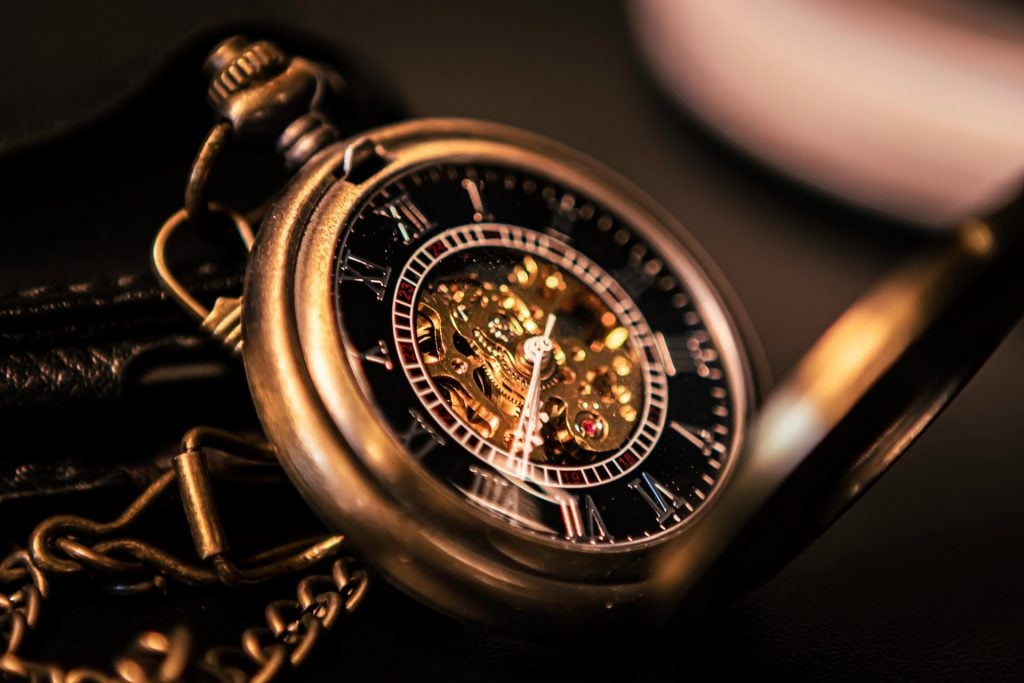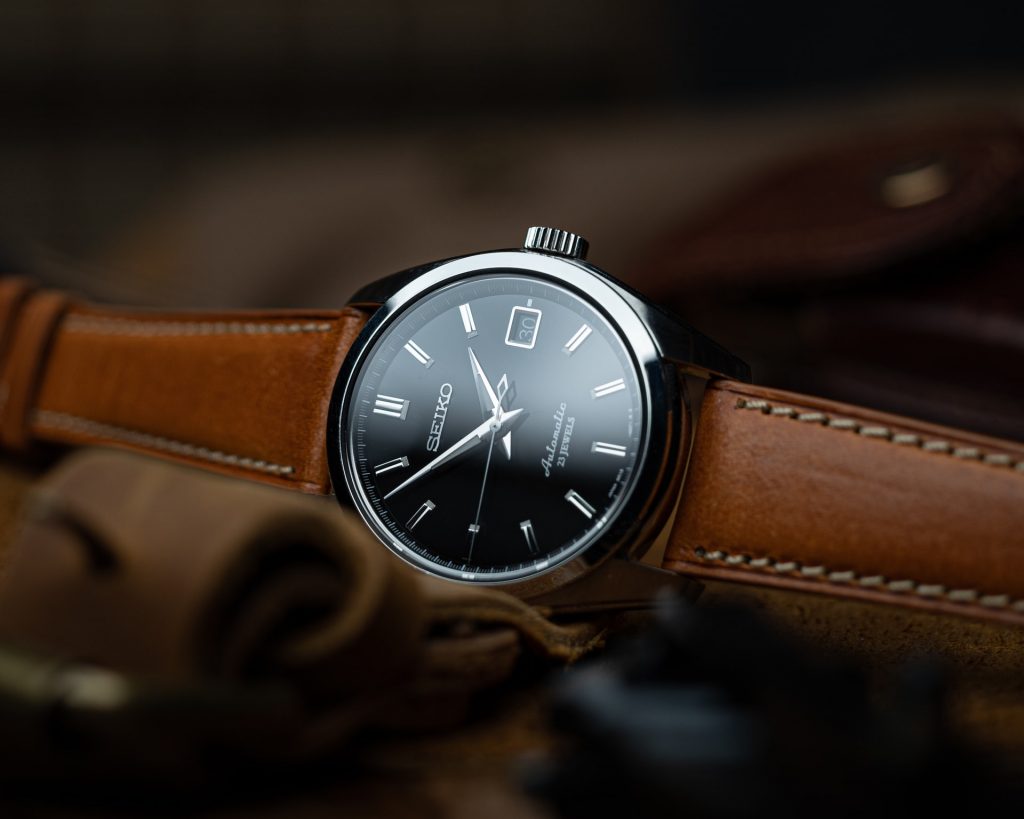Automatic watches are perhaps the favourite type of movement amongst avid watch collectors. These movements have fascinated watch wearers for decades due to their elegance and complexity. Automatic watch movements are long lasting and reliable which makes them a great choice for someone who wants to wear their watch every day and be able to depend upon it entirely. The automatic watch has a long and fascinating history. If you are interested in these movements, keep reading for our 10 interesting facts about automatic watches.
Our 10 Interesting Facts About Automatic Watches
1. Automatic watches are powered by kinetic energy.
Automatic watches need to be moved around in order to work. There is a rotor within the watch that moves with the natural movement of the wrist. The rotor spins, creating energy that can be passed on to the movement in order to power the watch. This means that in order to keep an automatic watch powered, it simply needs to be worn.
2. Automatic watches can be wound.
The automatic movement is based off of the traditional hand-wound mechanical movement. However, the different is that automatic watches are self-winding and do not require much input from the wearer. Automatic watches can be wound. This will need doing when the watch is worn for the very first time just to get the movement running. If an automatic watch is not worn for an extended period of time, it may stop. In order to start the movement again, it may need to be wound.
3. The automatic movement was first introduced into pocket watches.
For a very long time pocket watches were the most popular form of timepiece. They were at their most popular in the time when most men wore waistcoats as part of their daily styling. This meant that the pocket watch could be neatly tucked into a pocket and removed to read the time. When the wristwatch was first invented, it was designed for women. Women did not often wear garments with pockets, so they found this solution so that they too could carry a timepiece. This meant that wristwatches were seen to be a feminine accessory and were not often worn by men. When the automatic movement was first invented, it was placed into pocket watches as they were the most popular time-telling accessory.
4. Automatic movements were not considered to be reliable for a long time.
Modern automatic movement are one of the most reliable movements on the market. This is possible thanks to modern watchmaking knowledge and technology. However, this was not always the case. For a long time after they were first invented, automatic movements were thought to be rather unreliable. It was not until after World War I that these movements started to be favoured by the public as technology had advanced enough that they became more reliable.
5. Automatic movements were only introduced into the wristwatch after WWI.
Throughout the first world war, it became very apparent that pocket watches were not the most convenient kind of timepiece. Pilots and soldiers could not reach into their pocket to look at a watch every time they needed to read the time. This called for a rebranding of the timepiece. It was around this time that styles such as the field watch and pilots watch were created to cater for a variety of needs. The automatic movement was introduced into these new styles and was a massive hit with the watch community and general public.
6. The automatic movement is said to have been invented by Abraham-Louis Perrelet.
Abraham-Louis Perrelet is said to have invented the automatic movement. Perrelet was a Swiss watchmaker. He created mechanical watch devices that transferred the movement of the wearer into energy that powered the timepiece. These movements could power a watch for around eight hours a day. Although they worked in a similar way to modern automatic movements, they could not hold power as well. However, this was still a huge development within the horological industry.
7. The automatic movement was reinvented in 1778.
The French inventor, Hubert Sarton created his version of the automatic watch movement in 1778. It was after the launch of this movement that automatic watches became popular with the general public. People began wearing automatic watches as part of their daily routine. However, there is some debate around who first invented the automatic movement. When Sarton first published his designs in Paris, he claimed that Perrelet was inspired by his designs.
8. The automatic watch was popularised by Abraham Louis Breguet’s design.
Abraham Louis Breguet bought Perrelet’s designs for the automatic movement. He worked on these designs to adapt them and make improvements. Breguet’s automatic movement was used in pocket watches. Unfortunately, his design of the movement was deemed unreliable by many watch wearers. They fell out of popularity with European consumers around the year 1800.
9. Automatic watches do require regular servicing.
Although automatic watches are self-winding and do not require much influence from the wearer on a day-to-day basis, they do need to be serviced. The exact frequency of services depends on the watch and is often advised by the manufacturer. It is recommended that a collector take their automatic watch to an authorised servicing and repair facility to ensure that the watch receives the best care. Regular servicing will ensure that the watch will keep accurate time and will prevent damage to any of the components within the movement. Additionally, an authorised watch repair person will ensure that the watch’s seal remains intact so as not to compromise that water resistance rating of the timepiece.
10. Automatic watches are a symbol of exemplary watchmaking.
It takes a very skilled and knowledgeable watchmaker to build a precise and reliable automatic movement. This kind of movement is considered to be one of the best available and is coveted by many watch collectors. The beauty and elegance of an automatic movement is incomparable. It takes a lot of skill to build a movement that can last a lifetime, but automatic movements can last for decades. The impressive craftsmanship behind automatic watches fascinates and intrigues watch collectors, making these timepieces very collectable and desirable.
What do you think of our 10 interesting facts about automatic watches? Do you have any of your own? Let us know in the comments!








